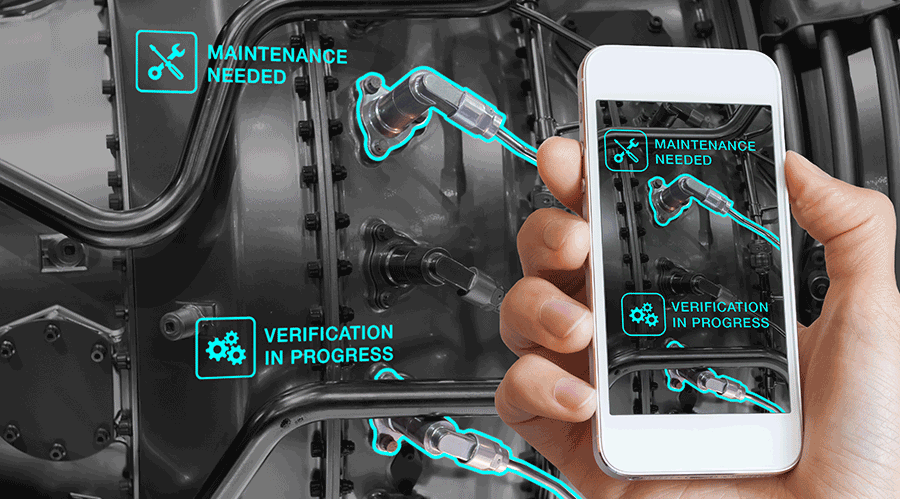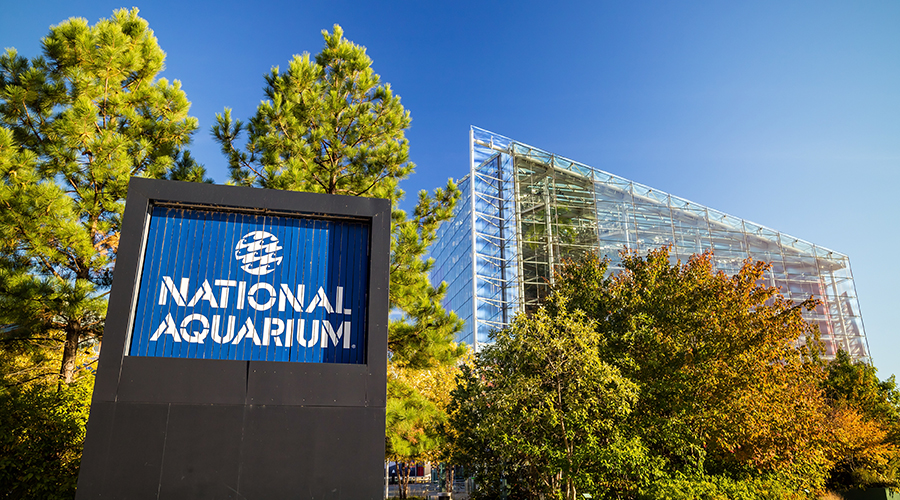Facilities Managers need to Commit to Preventative Maintenance
Too many managers believe money motivates employees. It doesn’t. Money is a short-term stimulator.
By Andrew Gager, contributing writer
I live in the South, and summers get hot and humid. But this summer has been special. We just broke a record for the most consecutive days above 90 and the number of days with a heat index above 100.
Of course, my air conditioning unit upstairs went kaput. I have the units serviced twice a year with a preventive maintenance (PM) program, but the unit in the attic developed a major leak and had to be replaced at a cost of over $5,000.
I can’t complain too much though. The units are older, and I’ve had a service agreement in place for years, which I’m sure extended the life of the units. Yet not everyone understands the importance of maintaining our assets, especially when it comes to the time in need.
For example:
- A local elementary school recently closed for several days due to HVAC issues.
- Six area high schools dismissed students early due to air conditioning problems.
- A magnet high school was just one of 42 schools this summer that district officials said require HVAC repairs or replacement.
- Nine county schools closed early due to HVAC issues since returning to classes.
The head of the local county school system released a statement saying, “Several area schools are experiencing AC troubles, which are forcing the early dismissal of students. There are numerous contributing issues, including long lead times on replacement parts, no budget to do a full replacement and limited resources.”
District facilities also struggle with staffing shortages, meaning much of the work is contracted out while they continue to recruit HVAC and chiller technicians. The second largest school district in my state has two certified HVAC technicians.
“We are at the mercy of the contractors when they can respond,” one school principal says.
Challenges to maintenance
For maintenance and engineering managers in all types of facilities, implementing and streamlining a PM program remains a beneficial but elusive goal for a variety of reasons.
Supply chain issues, deferring maintenance and the reality of limited resources are issues many maintenance and engineering managers are facing in overseeing a successful PM program. These concerns are quite expensive and disruptive if managers don’t address them. Let’s look at each one:
Supply chain problems. The COVID-19 pandemic played a major role in the logistics of supply chains, which affected everyone. Supply chain issues are improving, but one thing managers need to keep in mind is that suppliers and contractors are in business to make money. To hold inventory just in case some facility needs that item is very expensive and ties up cashflow.
Managers can do several things to reduce the risk of spare parts availability or replacement assemblies. They can negotiate supplier agreements under which the contractor will carry the inventory. The contract should cover multiple sites to make it worthwhile for the contractor.
Managers also can centralize the parts warehouse so all facilities can use the inventory. This step can be a cost reduction if managers can leverage volume buying strategies. Some refer to it as strategic sourcing.
Managers also can bring in a third party to conduct a facility condition assessment. This step will provide a detailed report on the condition of the facility, assets and grounds. Conducting a facility assessment will lay out the budgeting plan for the next decade or so and the funding available when the time comes to replace, refurbish or continue to maintain.
Deferred maintenance. Deferred maintenance is the practice of postponing maintenance activities, such as repairs on both real property — infrastructure — and personal property — equipment and systems — to save money, meet budget funding levels or realign available budget funds. Every organization at some point must decide whether to defer maintenance or not. The failure to perform needed repairs can lead to asset deterioration and ultimately asset impairment.
Generally, a culture of continued deferred maintenance results in higher costs, higher failure rates, and in some cases, health and safety problems.
The area I live in is experiencing phenomenal growth, and there is a major roadway between two large cities that becomes a parking lot between 7 a.m. and 8 a.m. and again between 4 p.m. and 6 p.m. Ten years ago, it was approved to expand the road into a divided highway with work beginning three years later.
Years passed and nothing was done to eradicate the traffic congestion. Instead, they determined the project would cost five times more to complete, so they took the cheaper route and simply repaved the road. That’s the cost of deferring maintenance, repairs and improvements.
It always comes down to money. That’s where managers must understand the language of money — how to build budgets, how to build a business case and how to appropriately apply the decision-making process. They must think strategically and look beyond the next six months. That’s where a facility assessment can help greatly to guide managers in developing that short-, medium- and long-term plan for budgeting.
Staffing shortages. One of my former colleagues would ask standard questions during the interview and screening process, but then he would have applicants conduct a skill. For example, if the candidate was applying for an HVAC position, they would have to demonstrate how to balance the flow, troubleshoot and issue with a rooftop unit or diagnose an electrical issue. My colleague found that almost 60 percent of candidates couldn’t execute the most basic skills they were applying for.
One relatively recent development – the rise of social media – holds promise for managers who can use it effectively in the staffing process. Success often focuses on actively participating on social media platforms instead of just monitoring them. Increasingly, staffing searches now include better defined job requirements — skills — specific hiring criteria and interview questions. These requirements reflect the reality that the entire process, as well as the pool of potential candidates, has changed.
More schools are offering vocational education, apprenticeships and job boards. The concern is not only finding and hiring skilled technicians but retaining them. Too many managers believe money motivates employees. It doesn’t. Money is a short-term stimulator. What motivates employees and improves retention rates is being treated well, being respected, having a career path, trusting their manager and having a sense of contribution.
Maintenance benefits
Maintenance and engineering managers have several good reasons to pursue a robust PM program, financial intelligence and a well-defined hiring process:
- Cost avoidance and reductions. Regular maintenance helps identify and address minor issues before they escalate into major problems that require costly repairs or replacements. This proactive approach minimizes downtime and reduces overall maintenance expenses.
- Extended equipment life. By regularly servicing equipment and systems, this approach can prolong their operational lifespan. It also can avoid spending money on premature replacements and ensures equipment operates efficiently for longer periods.
- Improved efficiency. Properly maintained equipment operates more efficiently, using less energy and resources. This approach results in lower utility bills and reduced energy consumption and waste.
- Improved planning and budgeting. Predictable maintenance plans allow for better planning and budgeting of resources. This approach helps allocate funds effectively for maintenance activities rather than dealing with emergency repairs.
- Highly skilled workforce. Managers and departments benefit from motivated workers with advanced technical skills and competency, which usually includes problem-solving, leadership, teamwork and systems improvement.
A facility PM program, a skilled workforce and financial understanding are smart strategies that pay off in improved reliability, efficiency, safety and cost-effectiveness over the long term. They also ensure that facilities operate at their best and support the organization's activities and goals.
Andrew Gager is CEO of AMG International Consulting. He is a professional consultant and facilitator with more than 20 years of experience partnering with organizations in achieving strategic objectives and goals.
Related Topics:












